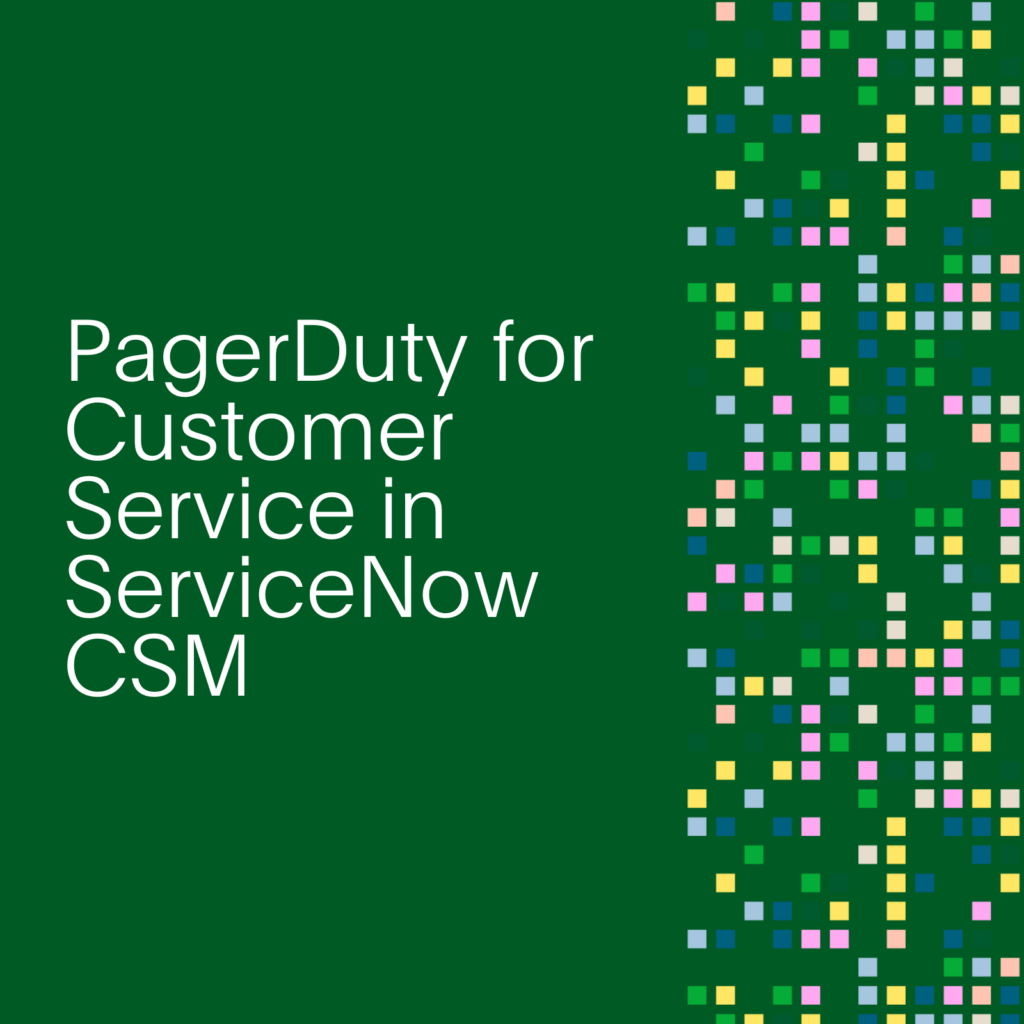- PagerDuty /
- Blog /
- Customer Service /
- Ask the Expert: Insights from Arturo Suarez, Senior Director of Customer Success, PagerDuty
Blog
Ask the Expert: Insights from Arturo Suarez, Senior Director of Customer Success, PagerDuty
In this blog post, Arturo Suarez, Senior Director of Customer Success at PagerDuty, provides his perspectives on the evolving challenges faced by customer service and support leaders in an increasingly complex digital world. From managing support teams to maintaining customer satisfaction during incidents, Suarez shares key strategies for navigating the modern customer service landscape.
What are the biggest challenges customer service and support leaders face in maintaining high service levels?
The greatest challenges are providing certainty in the face of uncertainty. When incidents occur, it’s not just about fixing the issue. Customers and internal stakeholders demand clear communication throughout the process. They want to know what’s being done to resolve the problem and what to expect next. Setting these expectations from the start is essential. It’s crucial to establish clear communication processes and roles in advance to minimize the impact and maintain customer trust.
How can leaders handle a surge of inquiries during an IT outage?
Support is part of a company-wide function, and handling a surge of inquiries ties back to preparedness. Leaders must ensure their teams are ready with processes and the right people in place, whether the incident occurs on a weekend or weekday. The key is a “one-to-many” communication approach—use status pages for regular updates and share post-mortems afterward. Outages are inevitable, so the focus should be on how well the company manages them and communicates with both internal stakeholders and customers.
How can customer service and support leaders improve collaboration with IT during digital disruptions?
Improving collaboration starts with establishing a unified approach to service ownership and communication. Every team should know how to respond when something goes wrong. Retrospectives are critical—they help assess how well teams responded to incidents and identify areas for improvement. At PagerDuty, every major incident triggers follow-up actions, ensuring lessons learned are applied across the organization. Standardized incident handling processes and proactive “what if” thinking help teams stay ahead of potential issues.
How can organizations use automation to improve efficiency without compromising customer experience?
Automation shifts responses from reactive to proactive, helping prevent problems before they occur. It allows customer service teams to focus on more complex issues by automating routine tasks like status updates. Automation also speeds up troubleshooting by surfacing the right data immediately, saving valuable time. With tools like PagerDuty Advance, automation provides real-time updates and context for faster resolutions. Every minute counts during an outage, and automation ensures time is used efficiently while still addressing customer needs effectively.
What trends should leaders pay attention to?
A key trend is the growing culture of immediacy—customers expect real-time updates. Managing expectations is crucial, and continuous improvement during incidents is key. Customer service is moving from a reactive model to a proactive one, with technologies like AI and automation enabling companies to predict and prevent issues before they escalate. The focus should be on driving product adoption and delivering real value through customer interactions, turning unplanned events into opportunities to enhance the customer experience.
Learn how PagerDuty helps organizations bridge the gap between support and engineering teams, coordinate a rapid response, and sustain seamless customer experiences. Sign up for a free trial or contact us to schedule a demo today.


